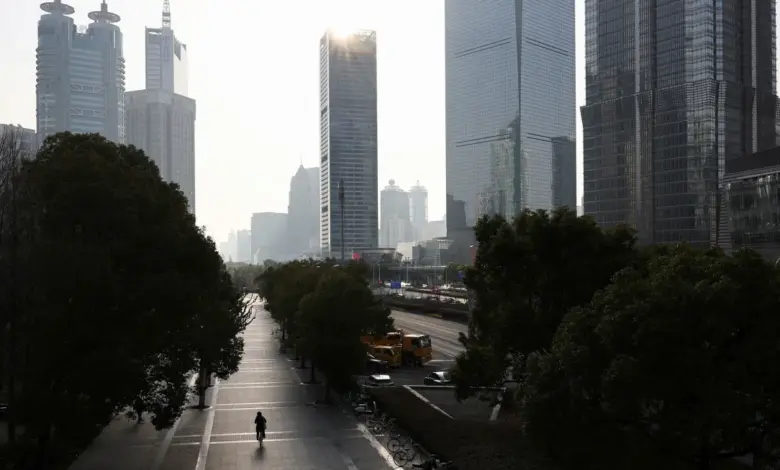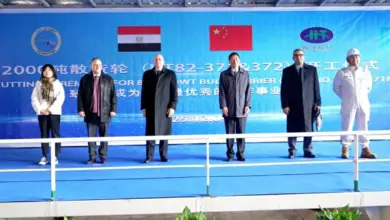
The Ministry of Commerce reported on Wednesday that 97.6 billion yuan ($13.4 billion) in foreign direct investment was utilized last month, a 13 percent drop from the same period last year.
The weak start to the year came after a steep plunge of 27.1 percent in total annual foreign direct investment (FDI) last year to 826.3 billion yuan ($113.4 billion). It was the lowest figure since 2016.
“The decline has narrowed compared to last year, but it is still on a downward trend,” Ling Ji, China’s vice commerce minister, said at a Thursday press conference, where multiple government departments unveiled a 20-point action plan to attract foreign capital.
Ling attributed the sluggish foreign investment to a slow global economic recovery, rising geopolitical tensions and protectionism. Shifts in multinational businesses’ strategies have also led to a decline in foreign investment in China’s key industries such as automotive, machinery and apparel, he said.
The sputtering property sector has dragged down economic growth and weighed on consumer spending. At the same time, in sectors such as automobiles and consumer products, foreign brands face intense competition from increasingly popular national champions due to technological advancement and rising patriotic sentiment.
China has repeatedly sought to woo foreign investment, an important driver for economic growth. The new action plan would further open up the economy, improve regulatory support and attract long-term investment in China’s publicly listed firms, Ling said.
Beijing promised to expand a pilot program giving full foreign ownership in sectors like telecommunications, health care and education. It also vowed to formulate new policies to encourage reinvestment by foreign enterprises within the country, and lift restrictions on the use of domestic loans by foreign firms.
The exodus of foreign capital is an indicator of the country’s deepening economic problems. The challenges facing China’s economy are all but certain to increase as growth slows, leaving Beijing with far fewer potential countermoves in its toolbox against a second Trump term.
Since returning to office, the US president has wasted no time in reigniting old trade tensions. Earlier this month, he enacted a 10 percent across-board-tariff on imports from China, to which Beijing has responded with targeted economic measures. Observers say it is still possible the two sides may hammer out a broader trade agreement at the negotiation table.
An annual survey by the American Chamber of Commerce in China published last month found over half of US businesses expect worsening bilateral relations, with a record 30 percent considering or already moving operations out of China
Meanwhile, the diversification of supply chains beyond China sparked by the trade war that began during US President Donald Trump’s first term has been accelerated by the Covid-19 global pandemic, which caused disruptions for firms with manufacturing bases in the country.
Additionally, rising political tension in China has made investment in the country less attractive. A slew of tightened state security-related legislation and counterespionage laws introduced in the past few years have rattled foreign businesses, with the detention of foreign executives and employees raising concerns among the business community.
— CNN’s Hassan Tayir contributed reporting.




